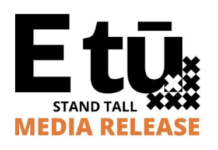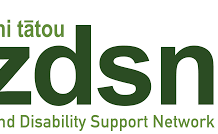New Zealand’s latest figures on the trade of elephant ivory across the border show imports have been decreasing, although seizures of ivory without permits have increased slightly in the last decade.
Under the Trade in Endangered Species Act 1989 (TIES Act), items that contain elephant ivory require permits to be legally imported.
In 2010, there were 52 imports of items made from ivory, while last year there were only four imports. At the same time, the seizure of ivory brought into the country without correct permits increased from three seizures in 2013 to 16 in 2018.
Department of Conservation (DOC) National Compliance Manager Marta Lang said these figures show a decreasing demand for importing elephant ivory into New Zealand.
“We’re seeing fewer ivory imports overall.
“The increase we’re seeing in seizures of illegal ivory is due to increased efforts at the border. Border agency staff are working hard to detect unpermitted elephant ivory.”
Publicity around the illegal trade of ivory over the last few years is a likely factor in these trends. Two people were convicted for illegally importing elephant ivory in 2013 and 2015. TradeMe banned the sale of elephant ivory using its platform in 2014.
The Government’s announcement of a review of the TIES Act this week will include an opportunity for the public to comment on options for regulating ivory trade. The discussion document can be found online and is open for submissions until 25 October.
All enquiry regarding the review process should be directed to tiesact@doc.govt.nz.
Those wishing to import or re-export ivory, or items made from other endangered species, should contact DOC at cites@doc.govt.nz or visit DOC’s website. Information about travelling with taonga, such as whalebone, can also be found online.





